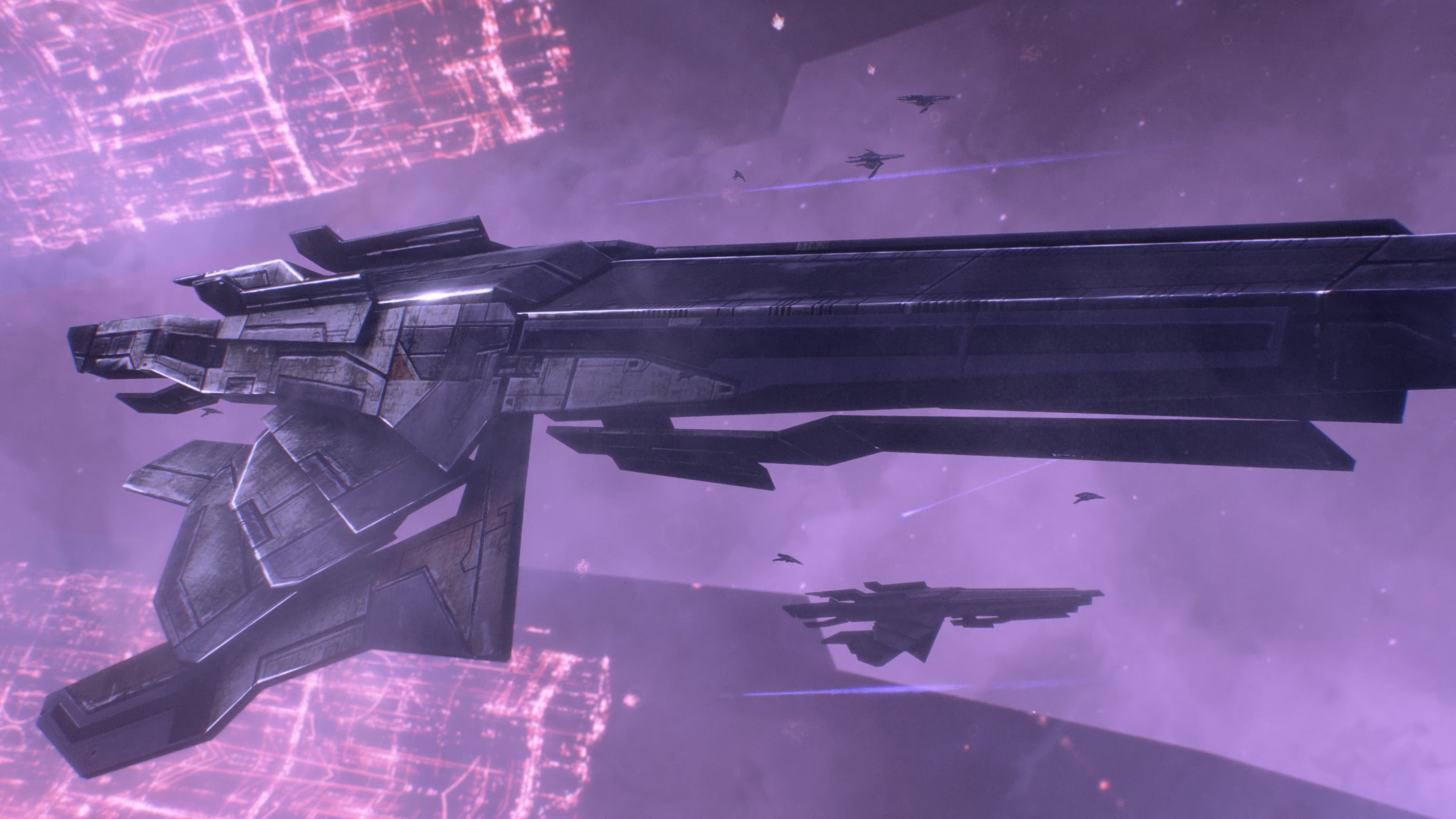

Cruisers are the standard patrol unit, and often lead frigate flotillas.

The wolf pack circle-strafes vulnerable targets, using their superior speed and maneuverability to evade return fire.Ĭruisers are middle-weight combatants, faster than dreadnoughts, and more heavily-armed than frigates. Wolf packs speed through enemy formations, hunting enemy vessels whose kinetic barriers have been taken down by fighter-launched disruptor torpedoes.

In fleet combat, frigates are organized into "wolf pack" flotillas of four to six. In combat, speed and maneuverability make frigates immune to long-range fire of larger vessels. They also have proportionally larger thrusters and lighter design mass, allowing them greater maneuverability. For defense, fleets surround themselves with spheres of scouting frigates scanning for enemy ships and transmitting warnings to the main body.įrigates achieve high FTL cruise speeds because of their high-performance drives. Subsequently, a stationary observer can only detect a vessel one light-year away when its light arrives at the observer's location, one year after leaving said vessel.īecause faster-than-light attackers always arrive before defenders can detect them with luminal sensors, attackers can always surprise defenders. Sensors, unlike ships and communications employing the mass effect, are limited to the speed of light. The most important role filled by frigates is reconnaissance. Unlike larger vessels, frigates are able to land on planets. They often have extensive GARDIAN systems to provide anti-fighter screening for capital ships, and carry a squad of marines for security and groundside duty. Frigates are light escort and scouting vessels.


 0 kommentar(er)
0 kommentar(er)
